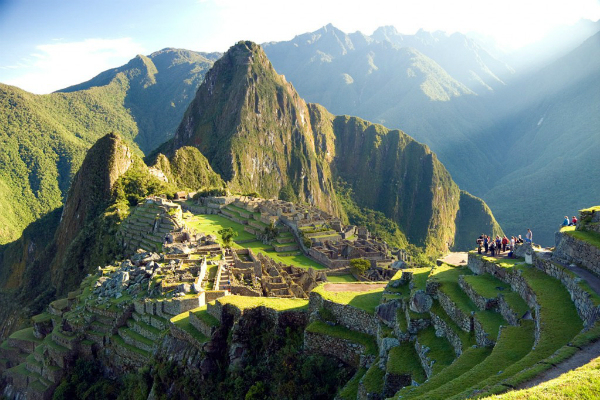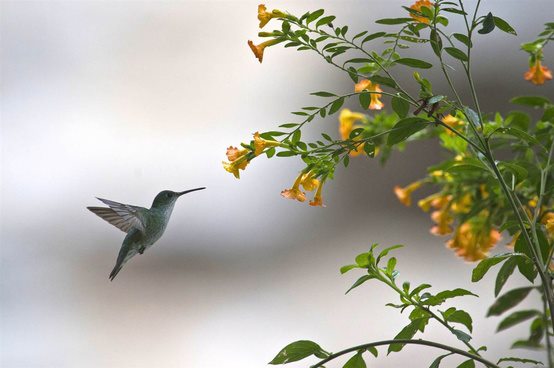24/07/2014
In our second interview with the incredible Héctor Ceballos-Lascuráin, we talk about his thoughts about the future of ecotourism in Peru.

After visiting more than 80 countries, which place is closer to your views on ecotourism and sustainable development?
It is difficult to name one place, but Australia, Kenya, Costa Rica and (in some regions) Peru stand out in terms of ecotourism and sustainable development.
What is your opinion about tourism in Peru?
There is no doubt that Peru has one of the world’s greatest potentials for ecotourism, due to its astonishing biological, cultural and landscape megadiversity. One example is bird-watching. Peru is second place on Earth with the largest number of bird species (1,879 species), 139 of which are endemic. We know that bird watching represents the widest and most outreached segment of ecotourism on a global scale: in the United States in 2011, 71.8 million people observed, fed and/or photographed birds and fauna in their natural habitat. These people spent US$54.9 billion on wildlife observation trips (including birds), as well as gear and other related aspects. Bird watching is the most popular outdoor activity in the US, and it is even more popular than sport fishing, sport hunting and golf. On the other hand, the Inca ruins in Peru are an extraordinary attraction for tourists all around the world.

From an environmental architect’s standpoint, what are your views on Inkaterra’s design and its conservation projects?
Inkaterra’s eco-friendly architecture is at the world’s highest level. In Tambopata and Machu Picchu, architectural forms and native building materials have been successfully applied to achieve harmony with the natural environment. At Inkaterra La Casona, in Cusco, a brilliant remodeling of Spanish colonial architecture has been achieved. I am very impressed with the outstanding work on conservation that Inkaterra is developing, especially in Machu Picchu and Tambopata, which can be seen in activities such as observation of native orchids, birds and Andean bears. The work that biologist Carmen Soto does at Inkaterra Machu Picchu Hotel is truly remarkable. The World Birding Rally organised by ITA, MINCETUR and PromPerú across the country’s Nor Amazon region, was a great success and should be replicated throughout all regions of Peru. The concept of developing an ITA field station within the grounds of Inkaterra Machu Picchu Pueblo Hotel is both necessary and urgent.
During this visit to Peru, have you added a lifer to your 3793-bird life list?
In my case, that number of 3793 is already out of date! I have reached 4,366 lifers (bird species in their natural habitat, observed for the first time by a birdwatcher). In the last five years, I had the pleasure of adding five visits to Peru (I have been 10 times in this amazing country) and from my 4,366 birds, I have registered 219 of these in Peru. Actually, in early June I was able to add 4 to my list while bird watching at Inkaterra Machu Picchu Pueblo Hotel, with the assistance of Braulio Puma, the skillful Inkaterra Explorer Guide.

José Koechlin argues that a bird migration route should be promoted by the countries that belong to the Pacific Alliance. Do you think this proposal would be beneficial?
I think José’s proposal is excellent. As we know, the Pacific Alliance is an initiative for regional integration. Its purposes are political, commercial, economic and social, though an ecological component should be added. If natural resources from the world’s greatest ocean are not adequately conserved, it is evident that the objectives proposed by the Pacific Alliance will not be achieved. There are many bird species that endure transoceanic migration routes, and it is urgent that we develop more specialised studies and conservation projects in this area, and that the Pacific Alliance participate in an active way. This would bring great benefits to the participating countries and their habitants.
So, right now are you working in a new publication?
Yes, I am researching and gathering material for a publication on the world’s best ecolodges, describing their aspects on environmental architecture and their standards on ecotouristic sustainability. Watch this space!
24.7.14
